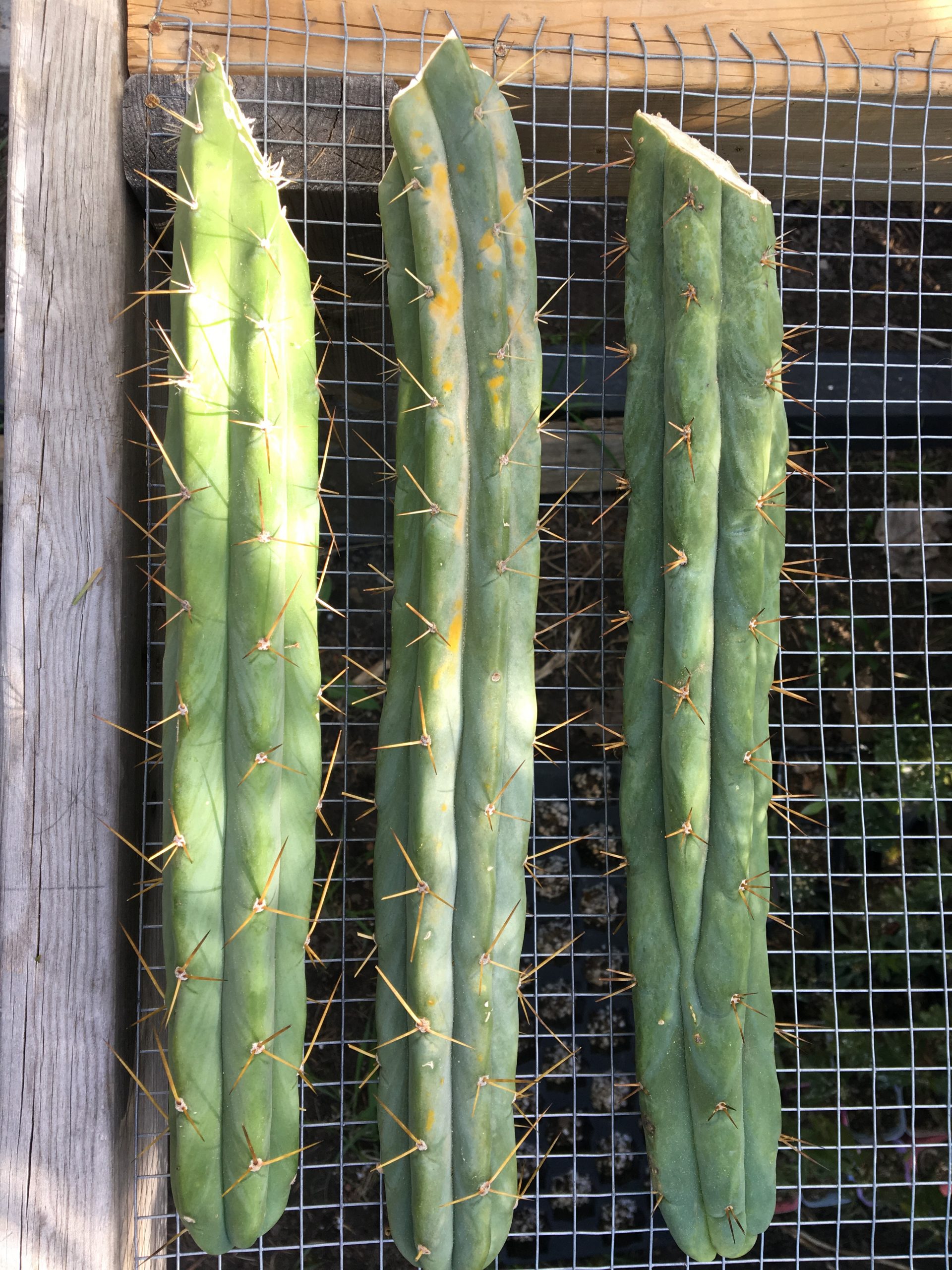Growing cactus from a cutting can be an engaging and rewarding endeavor. For many enthusiasts, the process of propagation becomes a captivating journey into the intricate world of plant care. With the right approach, even novice gardeners can embark on the adventure of nurturing their own succulents. Cacti are fascinating due to their resilience and adaptability, making them an enduring favorite among plant lovers.
Understanding the allure of cactus propagation often begins with the observation of these remarkable plants. Their unique ability to thrive in arid conditions, coupled with their diverse forms, sparks curiosity among cultivators. Each cactus species offers its own set of charms, often leading to an obsession with varying shapes, colors, and textures.
This guide aims to provide a simple yet comprehensive overview of cactus propagation from cuttings, highlighting essential techniques, suitable conditions, and common pitfalls to avoid. Whether you are aiming to expand your collection or share the joy of gardening with a friend, the process is straightforward and fulfilling.
Preparation: Selecting and Preparing Your Cutting
The initial step in propagation involves selecting the right plant and the specific cutting. Most cacti can be propagated from stem cuttings, which are segments of the cactus that can grow into new plants. Look for healthy, mature specimens that exhibit vigorous growth. It is best to take cuttings during the active growing season, typically in spring or early summer, when the plants are more likely to root successfully.
Once a suitable cactus is chosen, use a sharp, sterilized knife or cutting tool. It is essential to make a clean cut to reduce the risk of infection. The cutting should ideally be at least a few inches long and include several segments for optimal chances of propagation. After making the cut, allow the cutting to dry for several days in a warm, shaded area. This process, known as callousing, helps to heal the cut surface and reduces the risk of rotting when planted.
Choosing the Right Medium: Soil and Pot Selection
Once the cutting has developed a callous, it is time to select an appropriate pot and soil medium for rooting. Cactuses thrive in well-draining soil, which mimics their native habitats. A commercially available cactus mix, which usually contains a combination of sand, perlite, and peat, is ideal. Alternatively, you can create your own blend by mixing regular potting soil with coarse sand or pumice to enhance drainage.
When it comes to pots, opt for containers with drainage holes to prevent water from pooling at the bottom, which can lead to root rot. Terracotta pots are particularly beneficial, as they allow moisture to evaporate more easily, providing a drier environment suitable for cacti. Fill the pot with the prepared soil, leaving sufficient space for the cutting to be inserted without crowding.
Planting the Cutting: The Importance of Careful Placement
To plant the cutting, insert it into the soil to a depth of approximately one to two inches, ensuring that it is upright. Gently firm the soil around the base of the cutting to provide stability but avoid compacting it excessively, as roots need adequate air circulation.
It is advisable to lightly water the soil after planting, but be cautious not to saturate it. Allow the soil to dry out completely before watering again. Overly moist conditions can lead to fungal diseases and rot, particularly in the early stages of propagation.
Creating the Ideal Environment: Light, Temperature, and Humidity
Cacti require specific environmental conditions for optimal growth. Placing the newly potted cutting in a warm spot with bright, indirect sunlight encourages rooting. Direct sunlight can be too harsh and may scorch young cuttings; therefore, using filtered light is preferable initially. A south-facing window is often ideal.
Temperature also plays a critical role. Cacti generally prefer temperatures between 70°F and 90°F during the day with cooler nights, ideally not dropping much below 60°F. Maintaining these temperatures helps stimulate root development and overall growth.
Humidity is less of a concern for cacti, given their native desert habitats. It is crucial to avoid overly humid conditions that promote rot and mold. Keeping the area well-ventilated will facilitate airflow around the cutting, further enhancing its chances of successful propagation.
Patience and Monitoring: Waiting for Roots to Develop
Once your cutting is potted and settled, the most critical aspect becomes patience. Rooting can take anywhere from a few weeks to a couple of months, depending on the cactus species and environmental factors. During this period, monitor the soil moisture regularly, ensuring it remains on the drier side.
Signs of successful rooting include new growth or the production of small offsets, as well as a slight resistance when gently tugging on the cutting. Avoid the temptation to disturb the cutting too often, as this can disrupt the delicate rooting process.
Transplanting and Beyond: Nurturing Your New Cactus
Once root development is evident, it will be time to transition your cactus to a more permanent pot, if necessary. Choose a container size that provides enough room for your cactus to grow without being overly spacious, as excess soil can retain unwanted moisture.
As your cactus matures, continue to provide care tailored to its species, including seasonal watering, fertilization, and repotting when needed. With time, your cutting can transform into a formidable part of your plant collection, embodying the beauty and resilience of the cactus family.
Growing cactus from a cutting not only fosters a sense of accomplishment but also deepens your connection to nature. As you tend to these unique plants, remember the ancient stories they tell, thriving against all odds in their natural habitats. Such journeys in gardening can evoke a refined appreciation for life’s persistence in even the most inhospitable conditions.





Leave a Comment